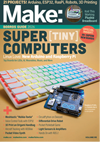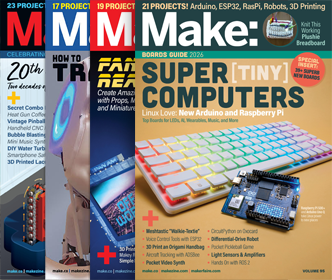The file is a basic tool, but it would be a mistake to call it simple. Files come in a variety of shapes, cuts, and coarseness depending on the job they’re designed to do.
Whether you’re sharpening tools or cleaning up rough edges, choosing the right file starts with knowing the basics.

Bottom: Single Cut, Flat, Smooth File









